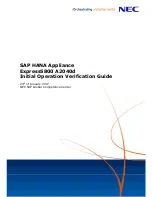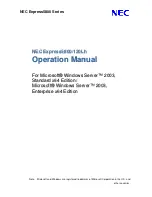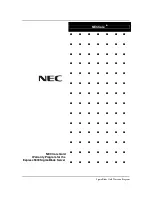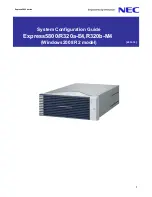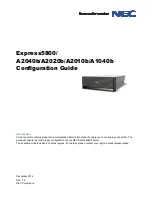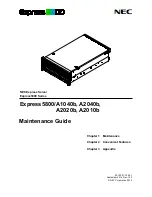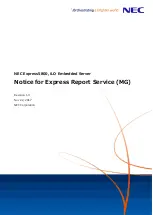
•
*1 Example: To enter 5:00, press
5#
. To enter 5:15, press
515#
.
•
*2 This option may not be available if the Unified Messaging system is programmed to use
24-hour time.
•
*3 Example: If today is February 16 and you enter
17#
, the message will be delivered
tomorrow. If today is February 16 and you enter
5#
, the message will be delivered on March
5.
•
Auto Receipt is not enabled by default. For more information, consult your System
Administrator.
•
New urgent messages are played before any other messages. However, old urgent
messages are treated like regular messages: messages are played starting with the oldest.
Transferring Messages
You can transfer (forward) messages in your mailbox to other subscribers. However, please note that you
cannot transfer receipt messages, or messages that were specified by the sender as "private".
When transferring a message, you can:
•
Specify the recipient by entering another subscriber’s mailbox number.
•
Specify several recipients by entering a Personal Group Distribution List number (refer to "
Group Distribution Lists") or a Mailbox Group number.
•
Record your own comments and send them along with the transferred message.
•
No acknowledgement will be given to indicate the message has been transferred.
•
Only new and old messages can be transferred. To transfer a deleted message, recover the
message first (refer to "
Recovering Deleted Messages").
To specify the recipients by number
PT/SLT/PS/SIP Extn.
Enter
5
.
5
Enter
1
to end recording.
During or after voice message/fax message envelope playback
1
Enter
2
to accept.
2
Enter
the
mailbox number
,
a personal group
distribution list number
and
#
,
or
a mailbox group number
.
mailbox no.
OR
OR
personal group
distribution list no.
mailbox group no.
#
1
Transfer the message
without recording
comments
Record comments
2
Enter
1
or
2
.
OR
Enter
2
to accept.
2
On-hook.
To record your comments
Record your comments.
C.Tone
1.8.3 Message Playback and Related Features
124
Operating Manual
Summary of Contents for KX-NSX2000
Page 10: ...Table of Contents 10 Operating Manual ...
Page 203: ...Table 1 Standard mode 1 14 2 Using the Directories Operating Manual 203 ...
Page 204: ...Table 1 Standard mode for RU model 1 14 2 Using the Directories 204 Operating Manual ...
Page 205: ...Table 2 Option mode 1 14 2 Using the Directories Operating Manual 205 ...
Page 206: ...Table 2 Option mode for CE model 1 14 2 Using the Directories 206 Operating Manual ...
Page 207: ...Table 2 Option mode for GR model 1 14 2 Using the Directories Operating Manual 207 ...
Page 250: ...2 2 2 Message Manager Features 250 Operating Manual ...
Page 288: ...4 1 3 Supervisory Monitor ACD Control 288 Operating Manual ...
Page 314: ...Note 314 Operating Manual ...































